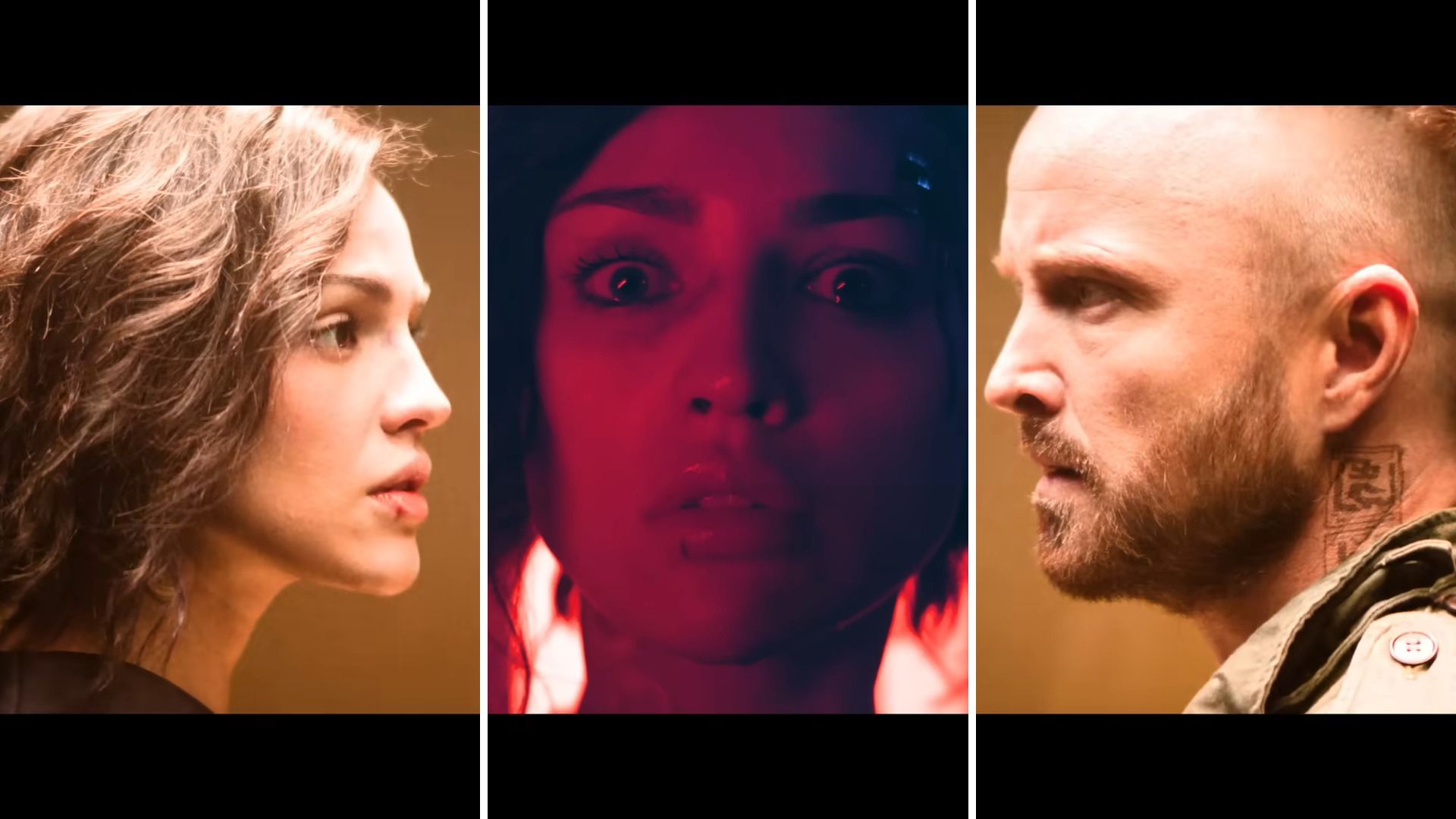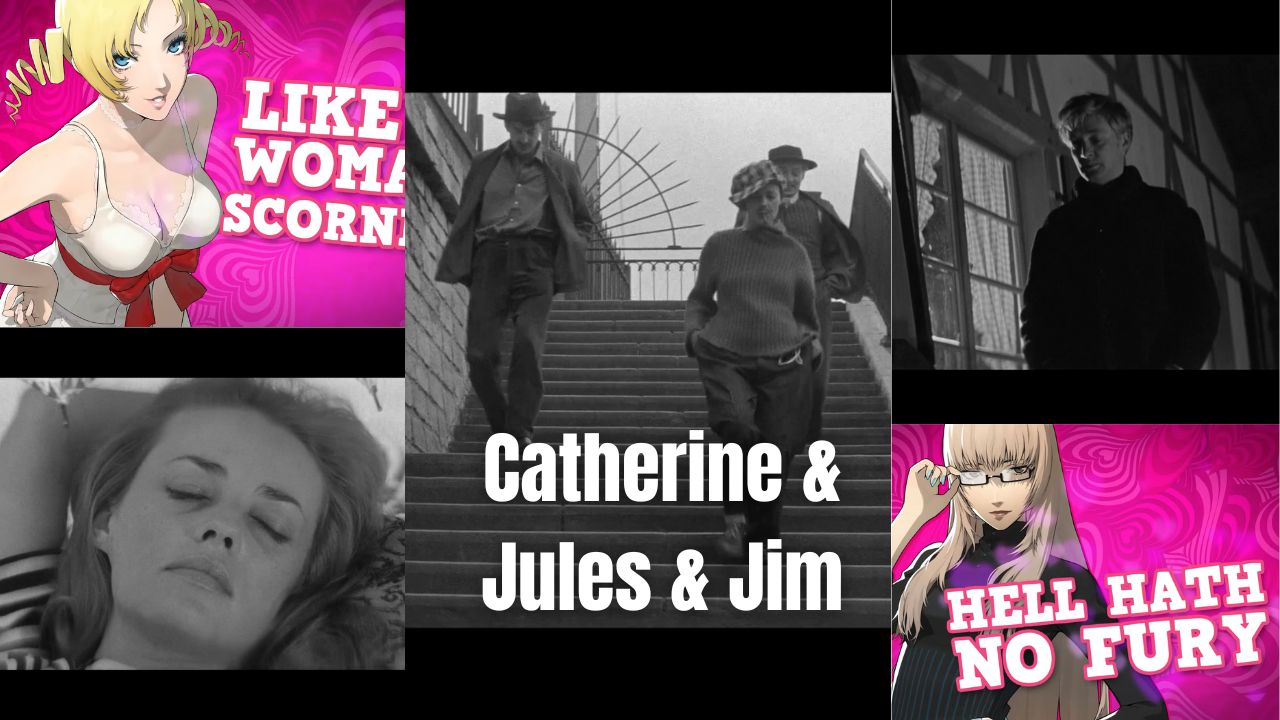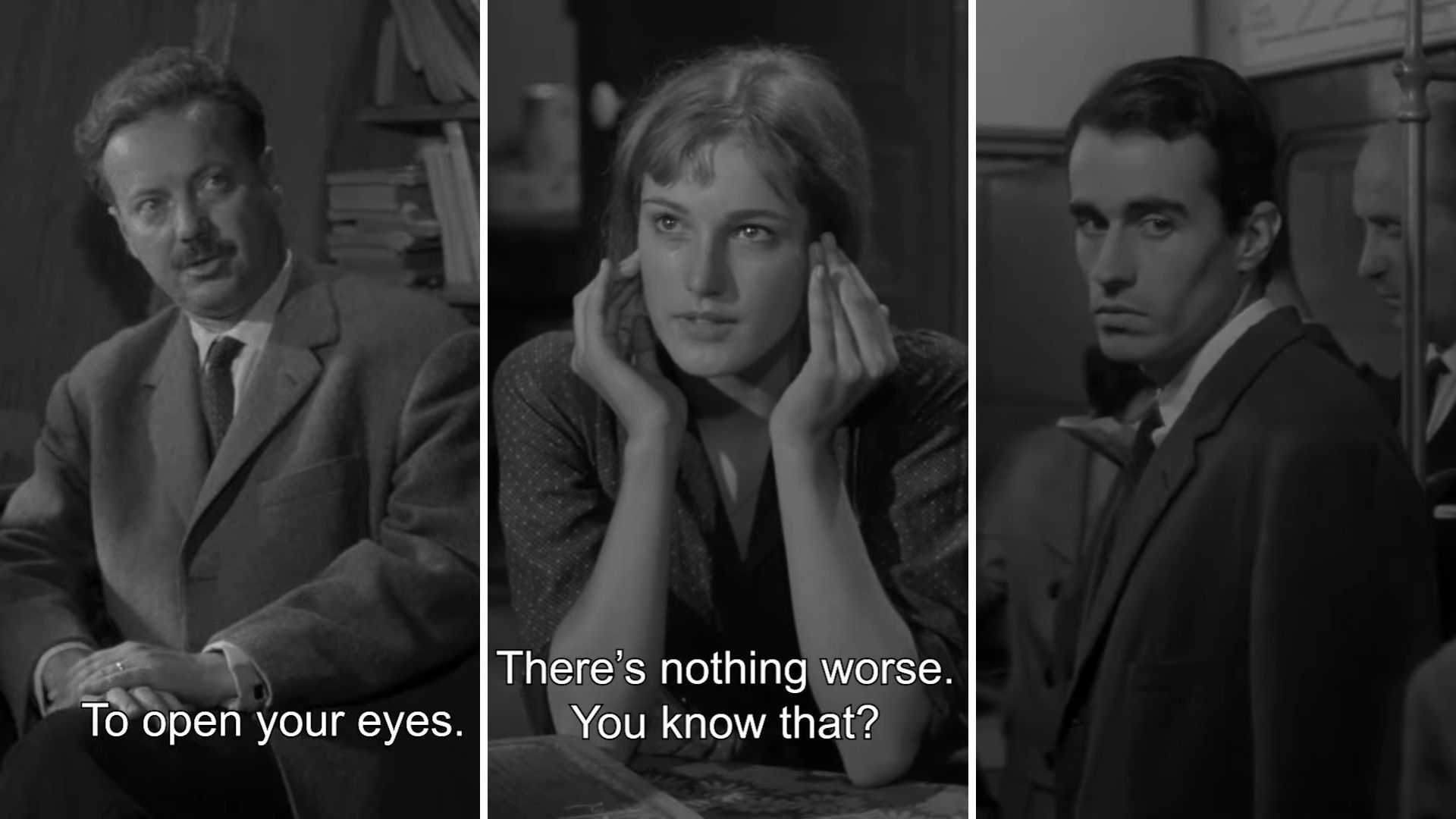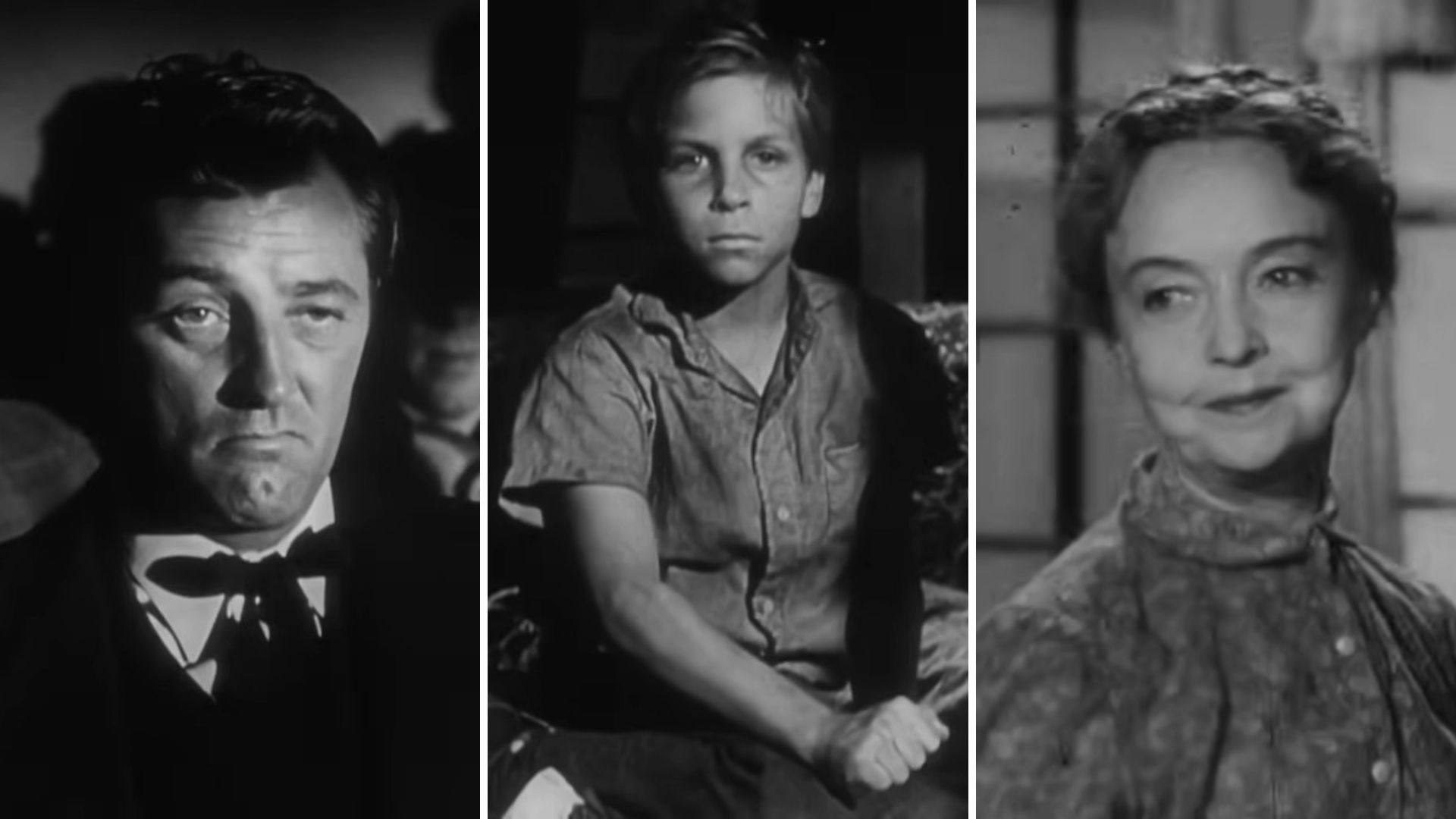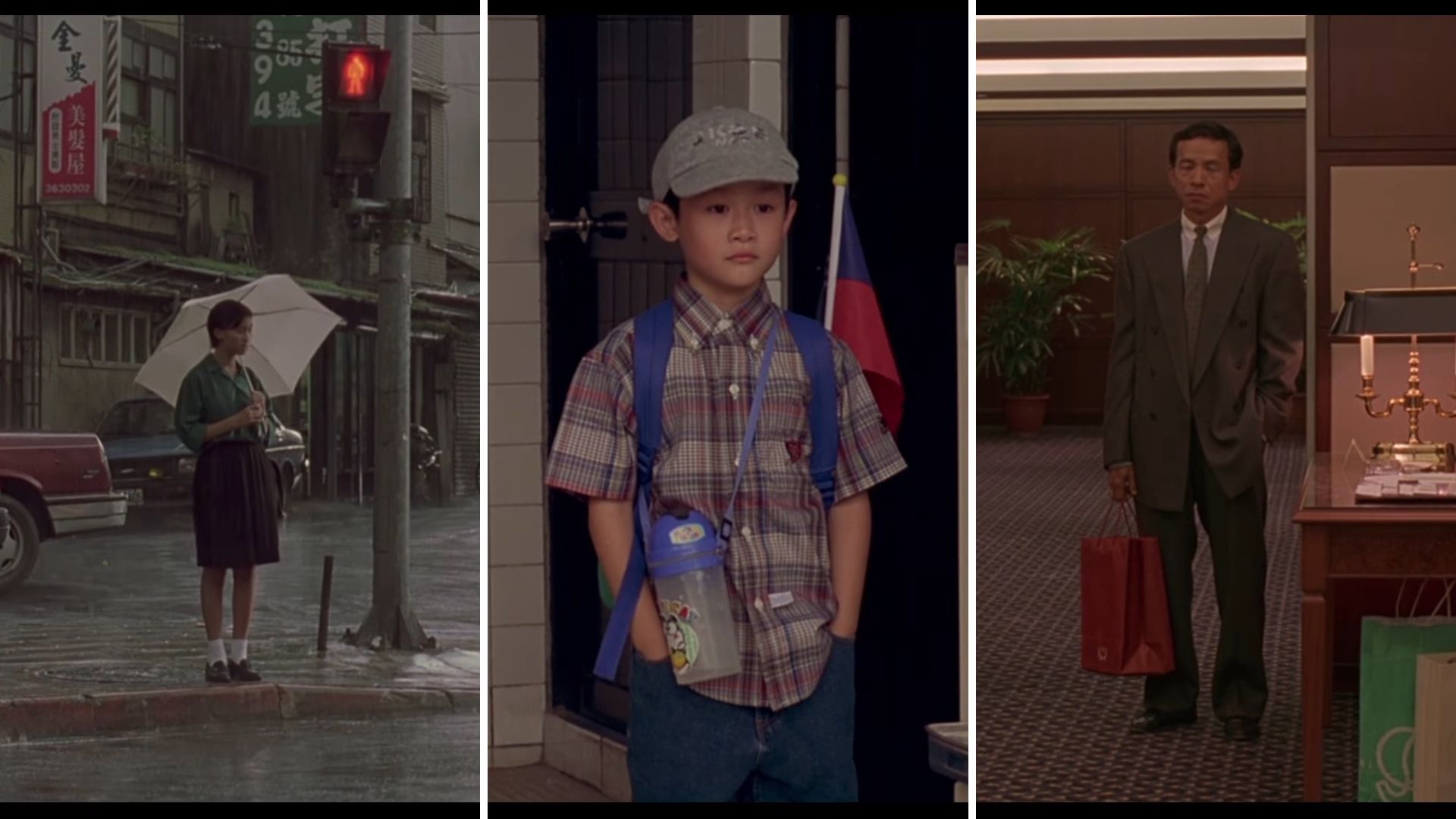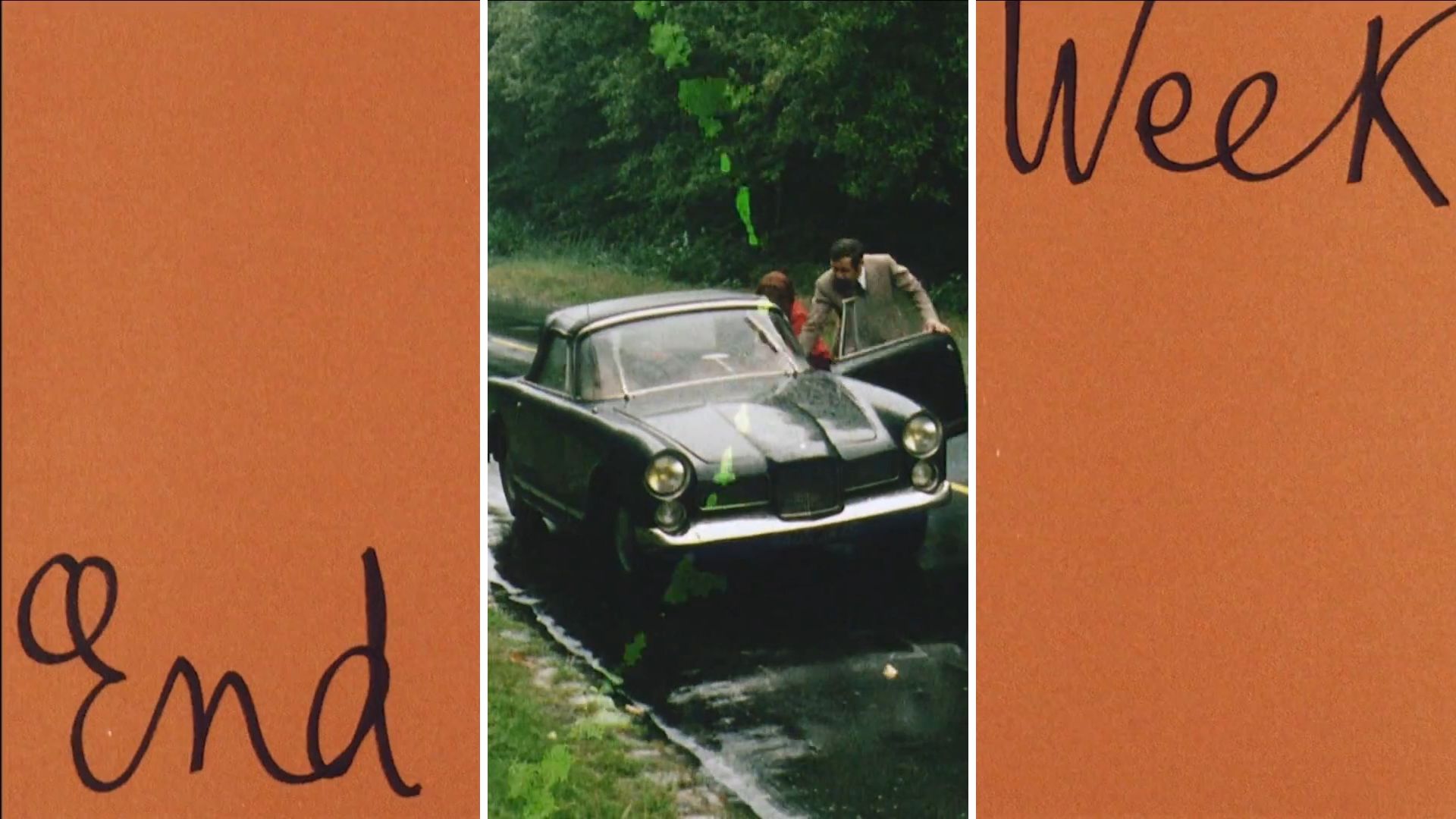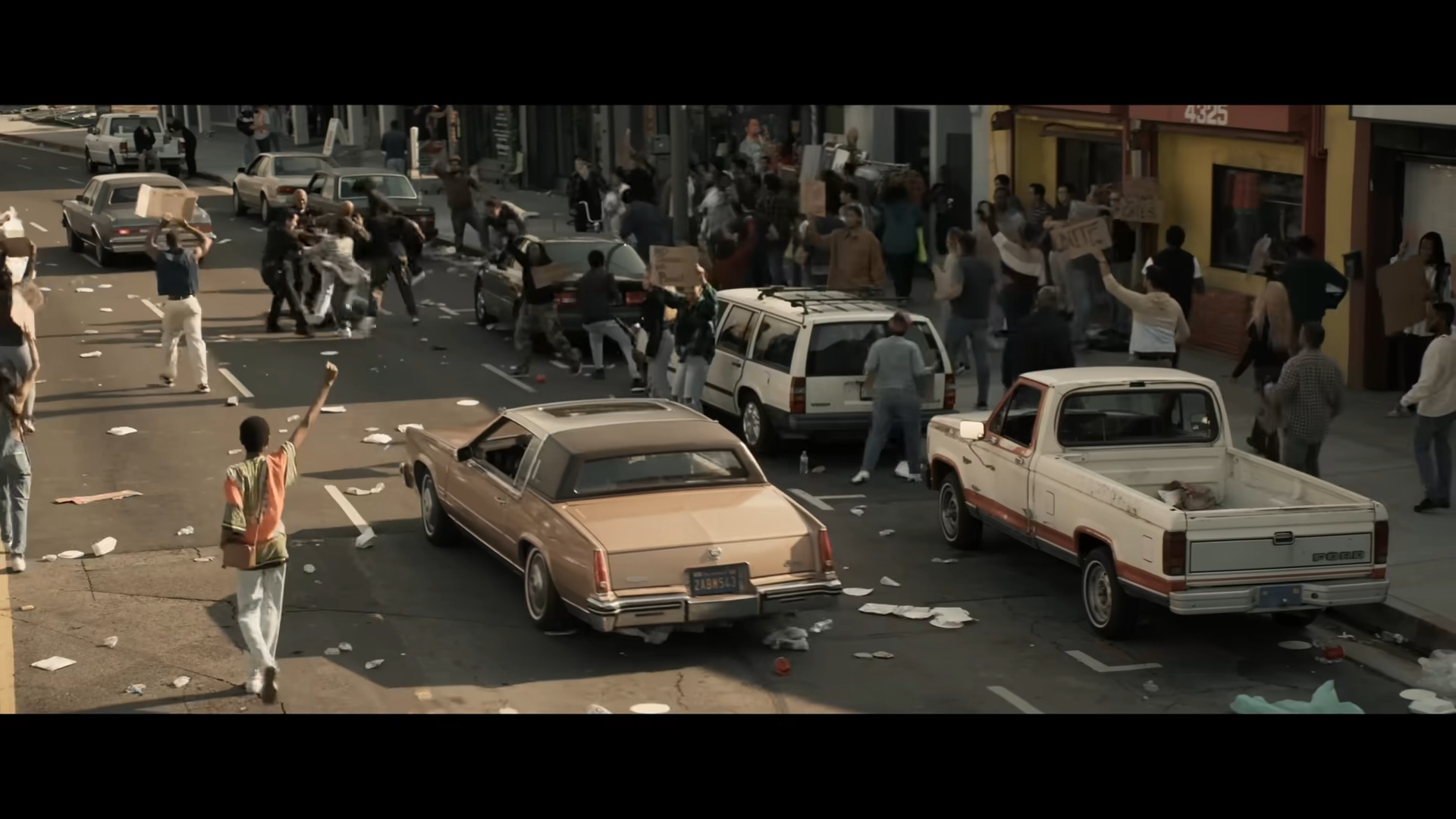
Ariel Vromen’s new film 1992 is interested in telling the story of the 1992 Los Angeles riots. Until it isn’t. 1992 boasts a stellar cast including Ray Liotta’s final performance and Tyrese Gibson shedding his lighthearted Fast and Furious comedic style. The movie introduces a lot of bold ideas but fizzles out in an uneven presentation.
The film is part historical drama, part commentary, and part heist film. Despite a great cast and interesting premise, the film never finds enough footing to realize any of the grand themes it presents.
Los Angeles in 1992
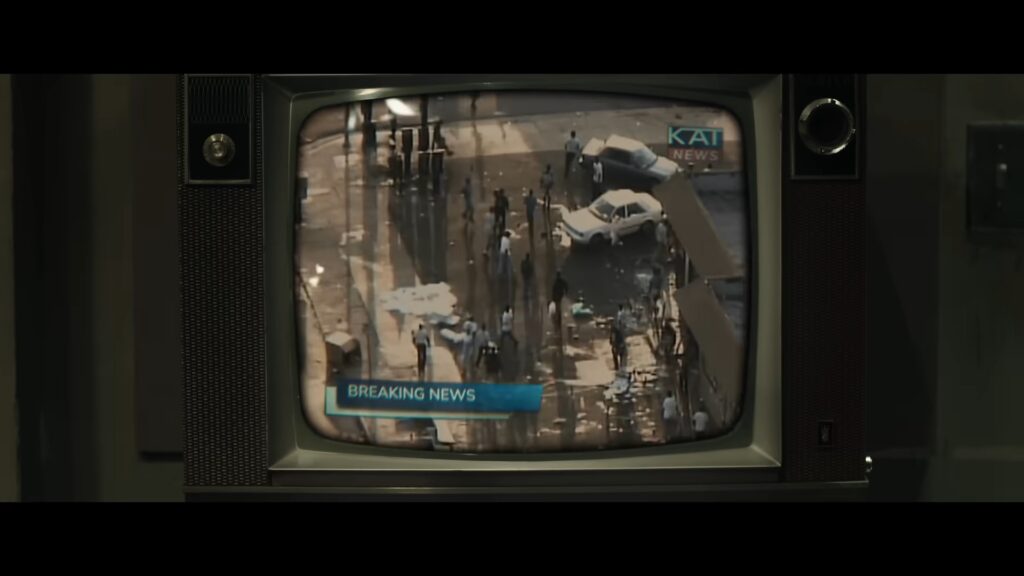
For a film with the title 1992 and partially produced by Death Row Records, there is an expectation that this film will dive deep into the tragic events that set the film. The 1992 riots are front and center for the first half of the film. Every radio, television, and side conversation is focused on the police brutality case involving Rodney King. There is a tension that fills the first half of the movie while the audience watches and waits for the inevitable pandemonion. The film is acutely interested in capturing this tension and setting the tone for the film. When it finally happens though and the tension reaches a boiling point, the film loses all of its steam.
1992 was a year that feels both recent and a hundred years away. This is a time that most millennials can remember. A time before cellphones and flat-screen TVs. But it’s also a time before 9/11, A Trump presidency, and the Covid-19 pandemic. It’s almost impossible to imagine the world before this time but the film does a fantastic job of capturing the cultural landscape of the early 90’s. Especially how the world looked in the City of Angels. It’s a beautifully shot film that’s instantly reminiscent of other LA classics from the time. There is an air of Boyz in the Hood, Menace II Society, and even Heat. But 1992 fails to live up to these classics and loses steam quickly after the first act.
Riots and Heists
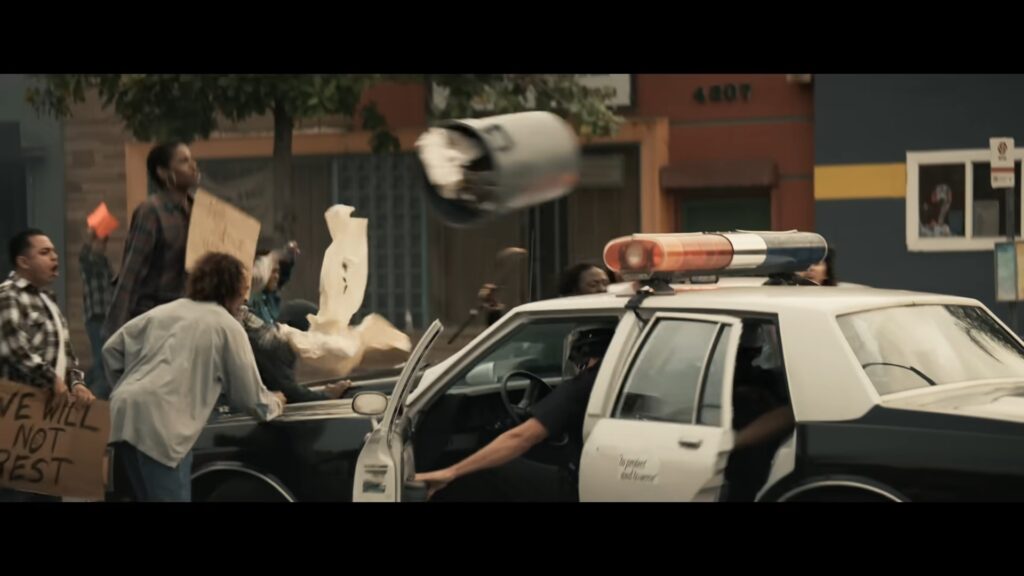
1992 deploys a dual narrative format, following two father and son teams. The first story follows Tyrese Gibson as Mercer, a man attempting to shield his son from the dangerous riots taking place amidst the not-guilty verdict of the Rodney King trial. Mercer is an ex-con who lives in a dangerous area and seeks shelter at his place of business with his son. His workplace is a metals plant that produces catalytic converters and houses 10 million dollars in precious platinum.
The second narrative follows Ray Liotta and Scott Eastwood as Rigging and Lowell. Two small-time crooks attempting their first major score on the metals plant. They see the ensuing riots as the perfect time for their heist and it would have been, had it not been for Liotta’s greed and the meddling Mercer.
Less Than Flawless Execution
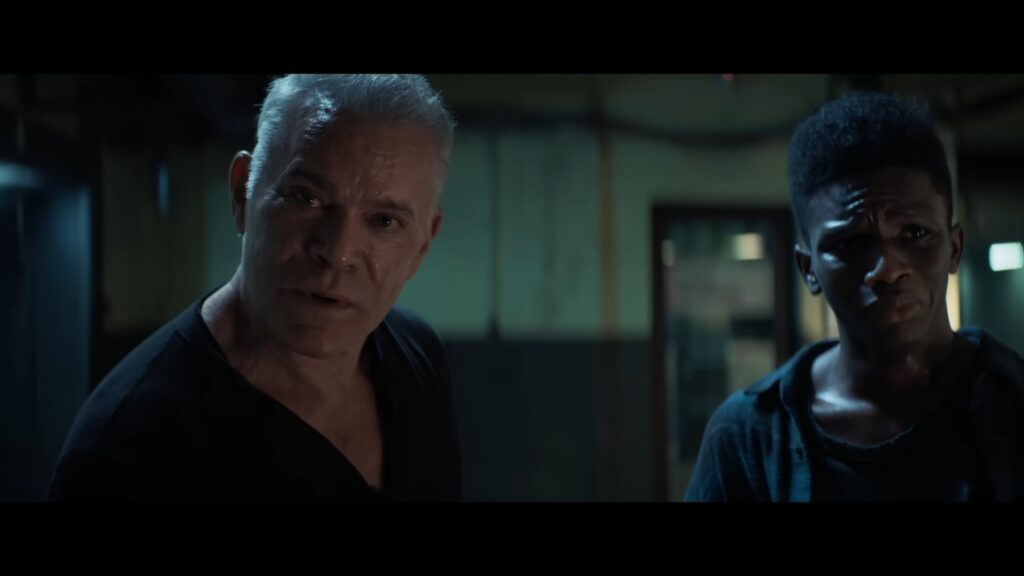
On Paper the premise is airtight. A Los Angeles heist movie set in front of the backdrop of the 1992 riots allows a lot for the filmmakers to work with. They can make a story about race, a story about police brutality, and tell an epic heist tale. Unfortunately, none of those themes ever fully materialize and what we are left with is some great acting amidst uneven execution.
The beginning of the film is without a doubt the most compelling. The relationship between Mercer and his son feels genuine and Tyrese gives a career-best performance. After years of seeing him beside Vin Diesel and the family, it’s easy to forget that he does have some serious acting chops. But once the film finally enters the heist it totally abandons the riot narrative and becomes an uncompelling crime drama.
A Tragedy With No Ending
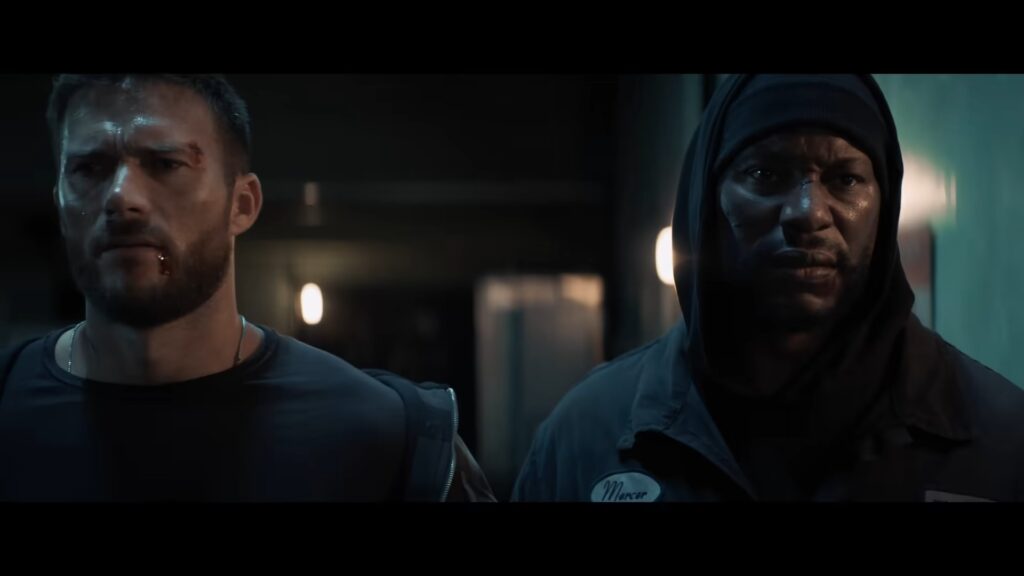
1992 presents the audience with these strong interesting themes and never fully realizes them. About midway through the film Mercer and his son have a conversation about the riots happening around them. His son desperately wants to partake in the violence, proclaiming that he’s fed up with his treatment by the police. Mercer is understanding but firm. He tells his son that all they are doing is burning down their neighborhood. The places they live and work.
A hardened criminal explains to his son that the violence and anger are not worth it. It’s more important to protect what you have than rebel against it. It’s a powerful thought experiment and one that we think is going to be realized in the final act. When Mercer protects his place of business from a bunch of gangsters trying to heist the place. But it never does. The film sets itself up for a big emotional payoff and then delivers nothing.
Undercooked Heists
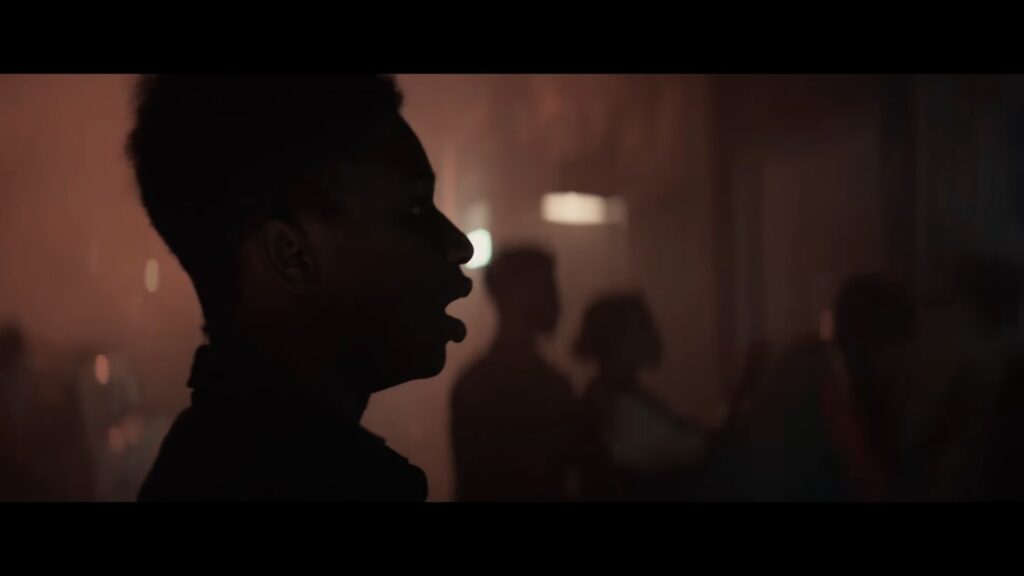
1992 ultimately fails by being a sub-par heist film. The beginning of the film, the scenery, and the set dressing, are all gorgeous. There are several hard-hitting emotional moments set next to scenes of police brutality and the tension between whites and blacks. But none of these themes ever go anywhere.
The movie itself is only an hour and a half long and I have to assume some of these payoffs were left on the cutting room floor. For one reason or another a film starring Ray Liotta in his final performance, back as a gangster, was released in a super limited number of theaters and with a brisk runtime. The characters, while compelling, never get to fully see the end of their arcs. Some of the characters, like Liotta himself, turn so quickly that the audience never grasps who they are in the first place. 1992 is a film I really wanted to love but its lack of emotional weight and uneven execution leave this film a solid 6.





